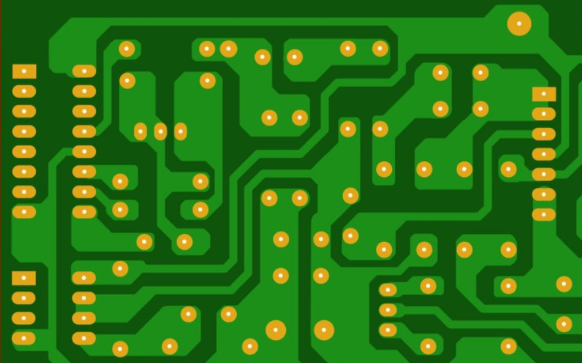What are the commonly used raw materials for PCB boards?
The main raw materials commonly used for PCB are: substrates, copper foil, PP, photosensitive materials, solder masks and negatives. Let me introduce the relevant knowledge of these PCB raw materials for everyone.
1. PCB substrate: except for some special purposes, ceramic materials are used as substrates, and organic insulating materials are usually used as substrates. We know that PCB has rigidity and flexibility. The corresponding organic insulating materials can be divided into thermosetting resin and thermoplastic polyester. Commonly used thermosetting resins are phenolic resin and epoxy resin; commonly used thermoplastic polyesters are polyimide and polytetrafluoroethylene. The processing flow of the PCB substrate is not explained here, and friends who are interested can check the relevant information on the Internet.

2. Copper foil: At present, most of the metal foils covered on PCB are copper foils made by rolling or electrolysis. The thickness of copper foil is generally 0.3mil-3mil (0.25oz/ft2-2oz/ft2). The specific choice depends on the current carrying current and etching accuracy. Copper foil has an impact on product quality, which is specifically manifested in product surface dents, pits, and peel strength.
Copper foil
3. PP: It is a B-stage resin when making multilayer PCB, and it is an indispensable interlayer adhesive.
4. Photosensitive materials: generally divided into photoresist and photosensitive film, according to the people in the industry, it is wet film and dry film. The coating of the wet film on the copper clad laminate will undergo a chemical change under a certain wavelength of light, thereby changing the solubility in the developer (solvent). Wet film is divided into the difference between photodecomposition type (positive) and photopolymerization type (negative). The photopolymerizable resist can be dissolved in the developer before exposure, while the polymer converted into it after exposure is insoluble. In the developing solution; the photodegradable resist is just the opposite, and the photosensitizer generates a polymer that can be dissolved in the developing solution. Dry film is also divided into positive and negative, that is, the difference between photodegradable type and photopolymerized type, both of which are very sensitive to ultraviolet rays. In the future, dry film may replace wet film because the film can provide high-precision lines and etching.
5. Solder resist (ink): a kind of solder resist, which is a common liquid photosensitive material that has no affinity for liquid solder. It will change and harden under certain light conditions. There are many ink colors. The most common solder mask color is green. What is the specific reason? I have written articles about (Why are most of the PCB circuit board colors green?). If you are interested, you can check it out., I won’t repeat the explanation here.
6. Negative film (film): Similar to the polyester film used in photography, it is a material that uses photosensitive materials to record image data. The contrast, sensitivity, and resolution of the film are quite high, but the sensitivity speed is required to be low. In order to meet fine lines and dimensional stability, glass can be used as the bottom plate.
iPCB is a high-tech manufacturing enterprise focusing on the development and production of high-precision PCBs. iPCB is happy to be your business partner. Our business goal is to become the most professional prototyping PCB manufacturer in the world. Mainly focus on microwave high frequency PCB, high frequency mixed pressure, ultra-high multi-layer IC testing, from 1+ to 6+ HDI, Anylayer HDI, IC Substrate, IC test board, rigid flexible PCB, ordinary multi-layer FR4 PCB, etc. Products are widely used in industry 4.0, communications, industrial control, digital, power, computers, automobiles, medical, aerospace, instrumentation, Internet of Things and other fields.